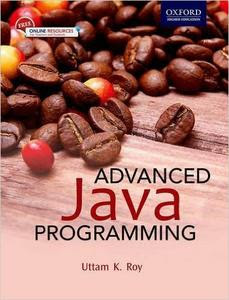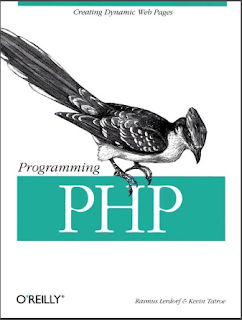Eclipse Plug-in Development Beginner's Guide
Author: Dr Alex Blewit
Download
Description:
This book is aimed at Java developers who are interested in learning how to create plug-ins, products and applications for the Eclipse platform. This book will also be useful to those who already have some experience in building Eclipse plug-ins and want to know how to create automated builds using Maven Tycho, which has become the de facto standard for building Eclipse plug-ins.Eclipse is used by everyone from indie devs to NASA engineers. Its popularity is underpinned by its impressive plug-in ecosystem, which allows it to be extended to meet the needs of whoever is using it. This book shows you how to take full advantage of the Eclipse IDE by building your own useful plug-ins from start to finish.
Taking you through the complete process of plug-in development, from packaging to automated testing and deployment, this book is a direct route to quicker, cleaner Java development. It may be for beginners, but we’re confident that you’ll develop new skills quickly. Pretty soon you’ll feel like an expert, in complete control of your IDE.
What you will learn
Create plug-ins for Eclipse 4.x
Test plug-ins automatically with JUnit
Display tree and table information in views
Upgrade Eclipse 3.x plug-ins to Eclipse 4.x
Run tasks in the background and update the user interface asynchronously
Automate builds of plug-ins and features
Automate user interface tests with SWTBot
Find out how to build user interfaces from SWT and JFace




















